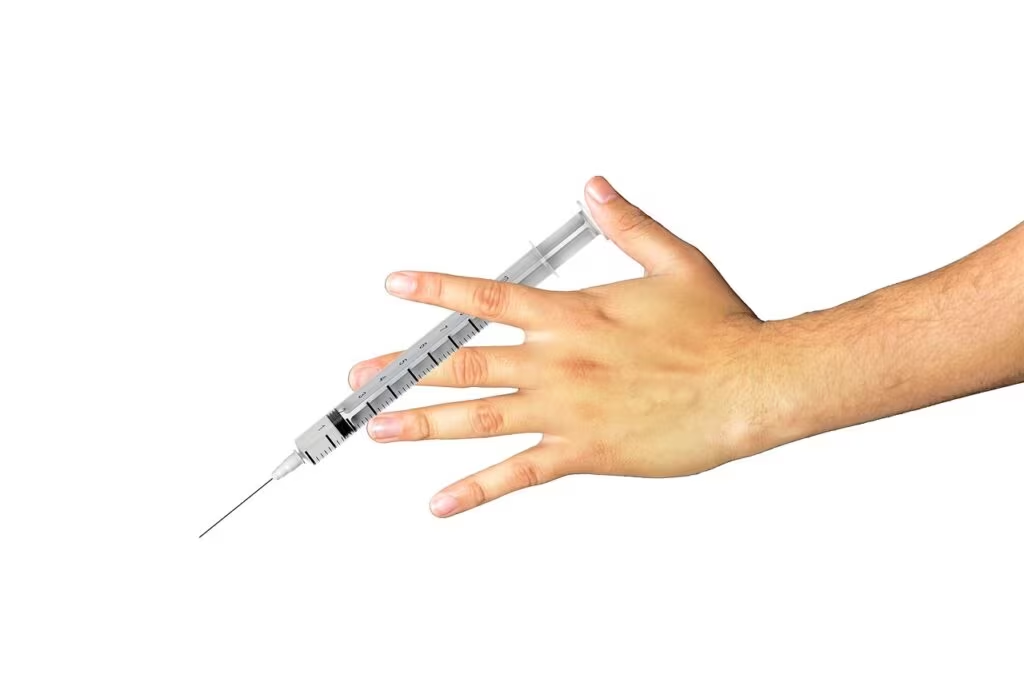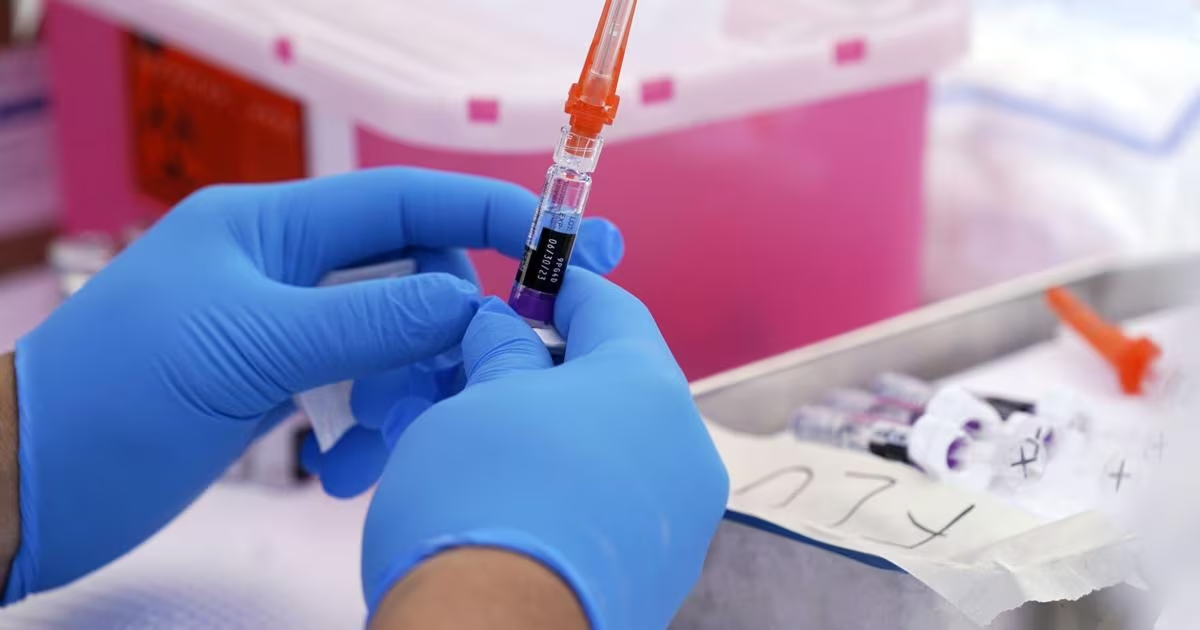Louisiana Declared National Hotspot as Flu Season Accelerates
As the 2025 influenza season gains momentum across the United States, Louisiana has emerged as the state reporting the highest level of flu activity nationwide. This early surge—occurring just ahead of the critical holiday travel period—is prompting public health officials and medical experts to urge immediate preventative action.

While the situation is significant, experts emphasize that the season has not yet reached crisis levels. Dr. Julio Figueroa, an infectious disease specialist at LSU Health New Orleans, confirmed that while activity is high, it is not yet “going crazy.” However, the current data signals a potentially severe season, making early vigilance essential for residents and travelers.
Understanding the Early Surge in Flu Activity
The designation of Louisiana as the national leader in flu activity is based on federal surveillance data, primarily tracking the percentage of outpatient visits for Influenza-like Illness (ILI). ILI includes fever combined with cough or sore throat, serving as a key metric for monitoring the spread of seasonal influenza.
This early spike is concerning because it precedes the typical peak of the flu season, which usually occurs between late December and February. High activity in early fall suggests that the dominant viral strains are circulating efficiently, potentially leading to widespread illness during the winter months.
Anticipating the Impact of Thanksgiving Gatherings
One of the primary concerns for public health officials is the impending Thanksgiving holiday. Large family gatherings, increased travel, and indoor socialization create ideal conditions for respiratory viruses, including influenza, to spread rapidly.
Dr. Figueroa and other experts anticipate that the current high numbers will see a further increase following the holiday weekend as individuals return to work and school, carrying the virus with them. This pattern is historically consistent, where major holidays act as accelerators for seasonal respiratory disease spread.
Key Factors Driving Early Spread:
- Increased Social Mixing: Return to school and indoor activities earlier in the fall.
- Holiday Travel: Dense crowds in airports and public transportation.
- Vaccine Timing: Many individuals delay vaccination until later in the season, leaving them unprotected during the initial surge.
Expert Recommendations: Shielding Against Seasonal Influenza
In response to the elevated risk, public health authorities are doubling down on prevention strategies. The core message remains clear: vaccination is the single most effective tool against severe illness, hospitalization, and death from the flu.
The Critical Role of Vaccination
It takes approximately two weeks after receiving the flu shot for the body to develop full protective antibodies. Given the current high activity and the approaching holidays, experts stress that now is the optimal time to get vaccinated.

Who Should Get Vaccinated?
The CDC recommends that everyone six months of age and older receive the annual influenza vaccine. Specific groups, however, face higher risks of severe complications and should prioritize vaccination immediately:
- Children under five, especially those under two.
- Adults aged 65 and older.
- Pregnant individuals.
- People with chronic health conditions (e.g., asthma, heart disease, diabetes).
Practical Prevention Strategies
While vaccination provides the primary defense, layered prevention strategies are crucial for mitigating community spread, particularly in high-activity areas like Louisiana:
- Rigorous Hand Hygiene: Frequent washing with soap and water for at least 20 seconds, or using alcohol-based hand sanitizer.
- Masking in Crowds: Consider wearing a high-quality mask (N95 or KN95) in crowded indoor settings, especially when traveling or attending large gatherings.
- Stay Home When Sick: Individuals experiencing flu symptoms must isolate themselves to prevent transmission to family, friends, and colleagues.
- Cover Coughs and Sneezes: Use a tissue or the elbow, not the hands.
Recognizing Symptoms and When to Seek Medical Care
Seasonal influenza symptoms typically appear suddenly and can be severe. Recognizing the difference between a common cold and the flu is vital for timely treatment, especially for high-risk individuals who may benefit from antiviral medications.
Common Flu Symptoms:
- Fever or feeling feverish/chills (though not everyone with the flu will have a fever).
- Cough and sore throat.
- Runny or stuffy nose.
- Muscle or body aches.
- Headaches and fatigue.
Antiviral drugs, such as Tamiflu, can lessen symptoms and shorten the duration of the illness if started within 48 hours of symptom onset. These are particularly important for high-risk patients.

Seek immediate medical attention if you experience:
- Difficulty breathing or shortness of breath.
- Persistent pain or pressure in the chest or abdomen.
- Sudden dizziness or confusion.
- Severe or persistent vomiting.
- Flu-like symptoms that improve but then return with fever and worse cough.
Key Takeaways for Louisiana Residents and Travelers
Given Louisiana’s current status as the national leader in flu activity, residents and those planning to visit the region must prioritize prevention measures immediately. The early surge indicates a strong start to the 2025 season, making proactive steps essential for community health.
- High Alert: Louisiana currently reports the highest level of Influenza-like Illness (ILI) activity in the U.S.
- Expert Warning: Infectious disease specialists expect flu numbers to climb further following Thanksgiving gatherings and holiday travel.
- Immediate Action: If you have not yet received your flu shot, do so immediately to ensure protection before the peak season hits.
- Prevention is Layered: Supplement vaccination with rigorous hand hygiene and staying home at the first sign of illness.
- Timely Treatment: High-risk individuals should consult a physician quickly if symptoms appear, as antiviral treatments are most effective within 48 hours.
Conclusion: Staying Ahead of the Curve
The early acceleration of the flu season in Louisiana serves as a vital reminder for the entire country that seasonal respiratory viruses pose a serious threat, especially during periods of high social interaction. By heeding the warnings from experts like Dr. Figueroa and utilizing available public health tools—chiefly the influenza vaccine—communities can significantly reduce the burden on hospitals and protect vulnerable populations. Vigilance now will determine the severity of the season ahead.
Original author: Emily Woodruff
Originally published: November 22, 2025
Editorial note: Our team reviewed and enhanced this coverage with AI-assisted tools and human editing to add helpful context while preserving verified facts and quotations from the original source.
We encourage you to consult the publisher above for the complete report and to reach out if you spot inaccuracies or compliance concerns.

